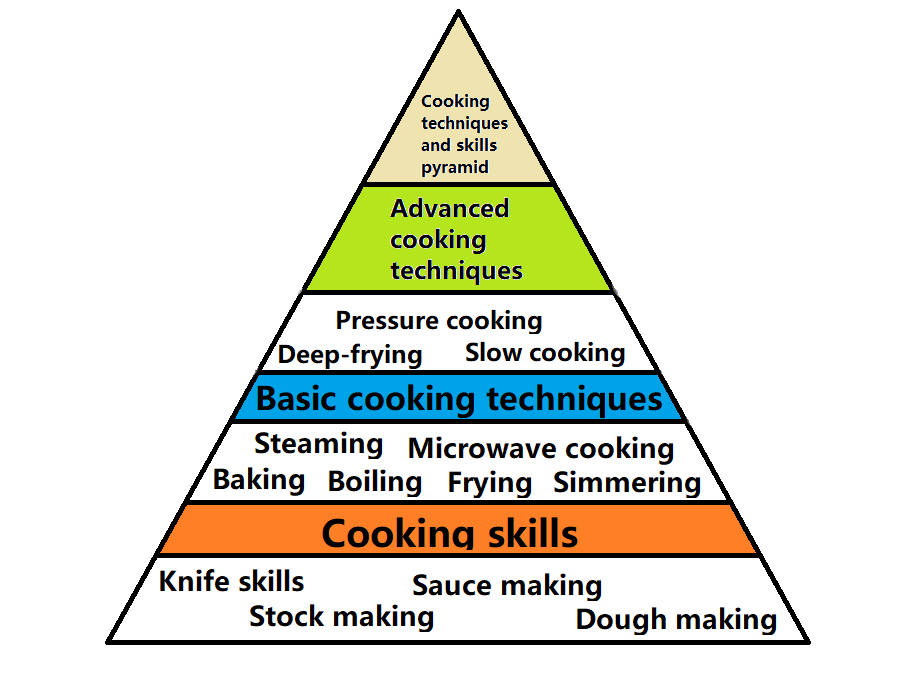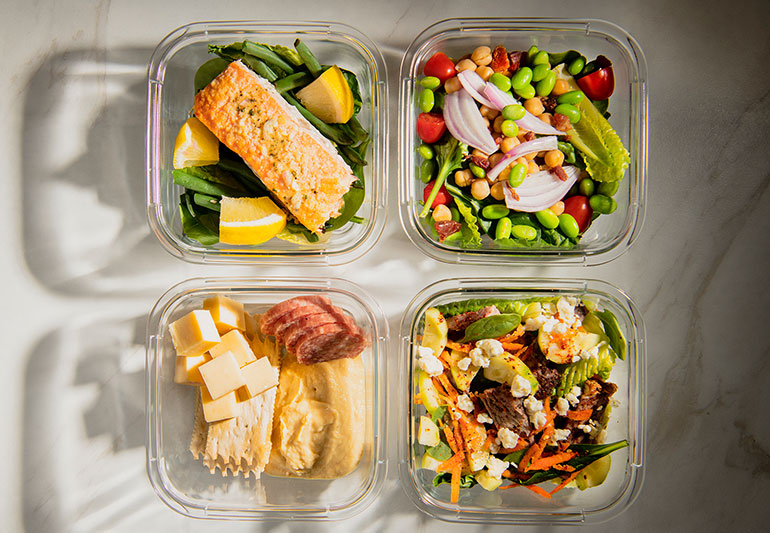
If you are passionate about cooking, then you have probably tried to learn advanced cooking techniques. French and Chinese techniques are familiar to you. But what about Japanese and Chinese methods of cooking? It's important to know the best techniques for poaching and steaming. Read on to discover how these methods work and why you need to learn them. You can apply these techniques to your everyday cooking. These techniques can be used in your daily cooking.
French cooking techniques
French cooking is based on traditional methods. French chefs are well-known for placing everything in its right place and cooking slowly at low temperatures. Confit refers to slow cooking of a variety foods in fat with low heat. Similarly, they often use alcohol for sauces. Flambeing is usually used for desserts. However it is possible to pour the alcohol into the food while it cooks to give it its flavor.
Chinese cooking techniques
The traditional Chinese kitchen is filled with many complex techniques that can make your cooking more delicious. Stir-frying is a technique that involves heating oil in a wok. Stir the food quickly until it has reached the desired texture. This is the easiest and most suitable for small ingredients such as vegetables or noodles. Stir-frying is not the only method used in Chinese cuisine to produce different results.

French method for steaming
Steaming can be described as a method for cooking that circulates hot air around food. The heat retains all the nutrients and does not add fat. Because steam carries more heat than boiling water, it is a gentle cooking technique, and it is perfect for delicate foods. It is quick and easy to cook food this way, with no loss of nutrients or natural color. This technique has been a favorite of the French for many years. It can make it a joy to cook vegetables and fruits.
Japanese technique of poaching
The Japanese have perfected the art of slow-cooked fish, and the technique of poaching is becoming more popular worldwide. This involves vacuum-sealing the food in a bag and slowly heating it at low temperature. This technique produces a uniform texture and removes aromatics and other liquids, and the health benefits are obvious. This is how to poach salmon in Japan.
Vietnamese technique of boiling
The traditional Vietnamese technique of boiling is a simple but highly effective way to cook rice. This method involves steaming food on metal or bamboo trays. This method preserves nutrients and does not use oil. This method can be used for cooking seafood and sticky rice. It is particularly useful for the poorest people in developing countries, who depend on unimproved water supplies. There are however some precautions you should take.

FAQ
How can I learn to cook like the pros?
Cooking can be a great way for you to grow as a person. Being able to cook healthy food is a great skill to improve self-confidence. Learn how to cook healthy food at home. The first step is to find out what kind of recipes you like. Next, you should read books on different cuisines, like Mexican, Chinese, and Italian. Finally, make sure you practice different recipes until you feel confident.
What is the cost of a culinary school?
The cost of a culinary school depends on where you are, how much you study, and what program or course you choose. Average tuition costs between $10,000 and $30,000. Most students graduate with about $20,000 in debt. However, some programs offer scholarships, grants, and work-study opportunities.
What is the best career path for someone who wants to be a chef? How do I get started as a chef?
If you're interested in becoming a chef, you should consider starting as an apprentice. Apprenticeships are a way to earn a living while you learn. After completing your apprenticeship, you can apply for a position as a sous chef. Sous chefs oversee cooks and help them make salads and desserts. They are also responsible for the overall operation of the restaurant.
What's the best way to keep leftovers safe?
Tupperware containers can be used to store leftovers. These containers protect food from spoilage and keep it fresh. They also keep foods warm longer. Freezer bags can be used to freeze any leftover food. Place food in another freezer bag to prevent air escape when freezing. Once food has been frozen properly, seal it with a ziplock bag.
What are the basic skills of cooking?
Basic cooking skills include knowing how to read recipes, measure ingredients, cook food safely, and clean up after yourself. These skills are essential if you wish to cook well for yourself. Cooking can be a great way of saving money, as you don't need to go out to eat all the time.
Can I learn to cook with my kids?
Yes! Yes! It's a fun activity which teaches children responsibility and teamwork. From washing vegetables to chopping onion, children can help. Your children will be more comfortable helping you cook if you teach them safe techniques for handling knives.
Statistics
External Links
How To
How to cook a steak
The thickness of any meat will dictate the cooking method. Thicker steaks can be cooked on a low heat. Thicker steaks need to be cooked at higher temperatures.
It's important to not overcook the steaks as they will lose their taste. You should always remove the steak from the skillet when it's done. This will prevent you from burning yourself.
Cooking times will vary depending on how large the steak is and what degree of doneness you desire. Here are some guidelines to help you get started:
Medium Rare: Cook to medium rare. This means that the internal temperature should reach 145degF (63degC). This takes between 3 and 5 minutes per side.
Medium: Cook the meat until it reaches 160°F (71°C). This normally takes around 6 minutes per side.
Well Done: Cook until well done, which means the internal temps reach 180degF (82degC). This usually requires 8 to 12 minutes per side.